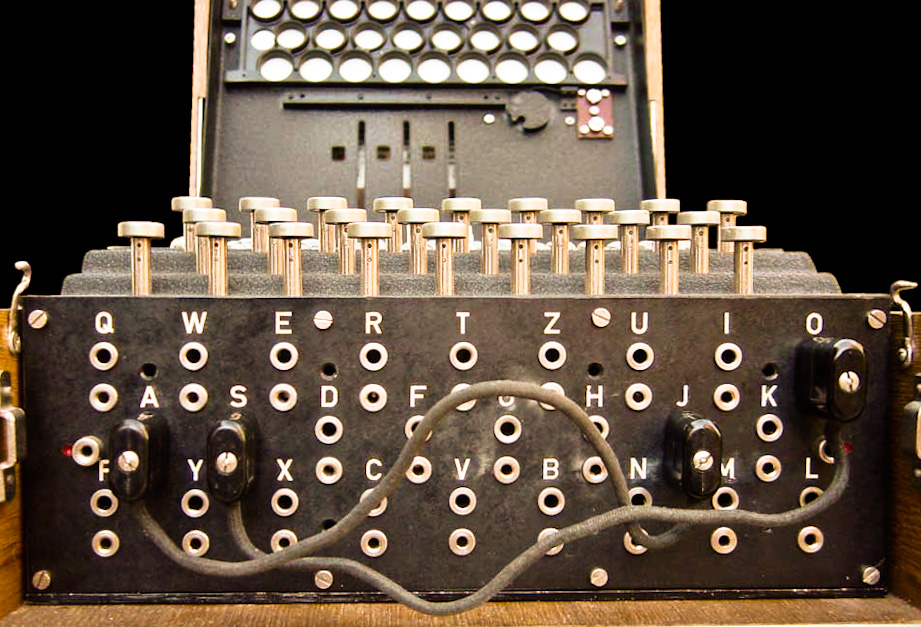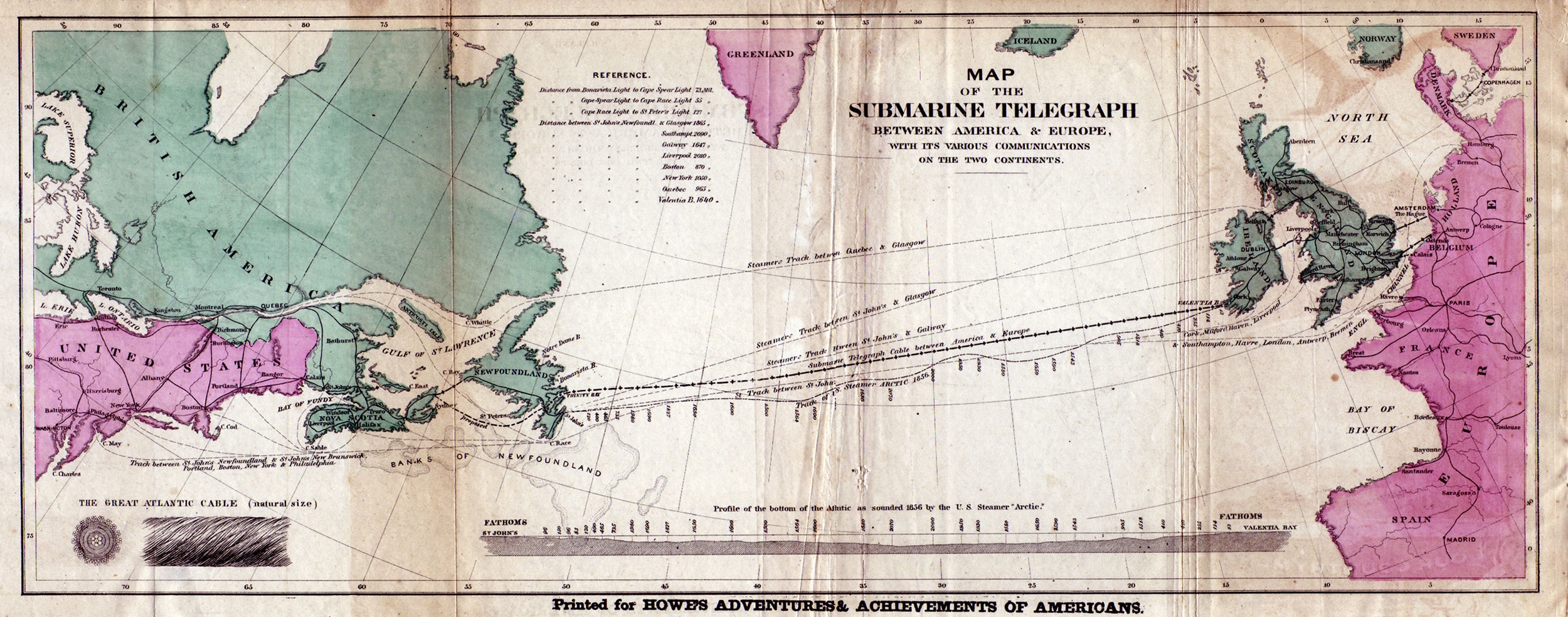|
Katrín Magnússon
Katrín Sigríður Skúladóttir Magnússon (1858–1932) was an early Icelandic feminist who played an important part in promoting women's voting rights and women's education in the late 19th century. She served as a municipal councillor of Reykjavík from 1908 to 1916. Biography Born on 18 March 1858 on the island of Hrappsey in north-western Iceland, Katrín Sigríður Skúladóttir was the daughter of Skúli Þorvaldsson Sívertsson, a farmer, and his wife Hlíf Jónsdóttir. Raised on Hrappsey, she first went to Reykjavík when she was 14 to visit her paternal aunt, Katrínar Sívertsen. There she met Guðmundur Magnusson, a physician and academic, who was a relative of Katrínar's husband, Jóni Árnasyn. She married Guðmundur in 1891 and they moved to Copenhagen. They returned to Iceland the following year, settling in Sauðárkrókur after her husband received an appointment at the hospital in Skagafjörður. Kartrín was also interested in medical work but the only traini ... [...More Info...] [...Related Items...] OR: [Wikipedia] [Google] [Baidu] |
Guðrún Björnsdóttir
Guðrún Björnsdóttir (27 November 1853 – 11 September 1936) was an Icelandic politician and women's rights activist. She was a founder of the Icelandic Women's Rights Association and one of the first female members of the Reykjavík City Council. Early life and family Guðrún Björnsdóttir was born at Eyjólfsstaðir on 27 November 1853 where she lived until the age of 10 when her father died. She was then sent to Eskifjörður for foster care, but soon moved to Langanes to live with her uncle. For a brief period she lived in Copenhagen, but soon returned to her relatives in Langanes. In 1884, she married pastor Lárus Jóhannesson, and in Sauðanes they raised four daughters. After only four years of marriage, Guðrún's husband died. One of her daughters would later die in the Spanish flu. Guðrún stayed with her brother in Norður-Þingeyjarsýsla until she moved with her daughters to Reykjavík in 1900 where she became a milk vendor. She also began writing art ... [...More Info...] [...Related Items...] OR: [Wikipedia] [Google] [Baidu] |
Icelandic Suffragists
Icelandic refers to anything of, from, or related to Iceland and may refer to: *Icelandic people *Icelandic language *Icelandic orthography *Icelandic cuisine See also * Icelander (other) * Icelandic Airlines, a predecessor of Icelandair * Icelandic horse, a breed of domestic horse * Icelandic sheep, a breed of domestic sheep * Icelandic Sheepdog, a breed of domestic dog * Icelandic cattle Icelandic cattle ( ) are a breed of cattle native to Iceland. Cattle were first brought to the island during the Settlement of Iceland a thousand years ago. Icelandic cows are an especially colorful breed with a wide variety of colours and marki ..., a breed of cattle * Icelandic chicken, a breed of chicken {{disambig Language and nationality disambiguation pages ... [...More Info...] [...Related Items...] OR: [Wikipedia] [Google] [Baidu] |
People From Reykjavík
The term "the people" refers to the public or common mass of people of a polity. As such it is a concept of human rights law, international law as well as constitutional law, particularly used for claims of popular sovereignty. In contrast, a people is any plurality of persons considered as a whole. Used in politics and law, the term "a people" refers to the collective or community of an ethnic group or nation. Concepts Legal Chapter One, Article One of the Charter of the United Nations states that "peoples" have the right to self-determination. Though the mere status as peoples and the right to self-determination, as for example in the case of Indigenous peoples (''peoples'', as in all groups of indigenous people, not merely all indigenous persons as in ''indigenous people''), does not automatically provide for independent sovereignty and therefore secession. Indeed, judge Ivor Jennings identified the inherent problems in the right of "peoples" to self-determination, as i ... [...More Info...] [...Related Items...] OR: [Wikipedia] [Google] [Baidu] |
1932 Deaths
Events January * January 4 – The British authorities in India arrest and intern Mahatma Gandhi and Vallabhbhai Patel. * January 9 – Sakuradamon Incident (1932), Sakuradamon Incident: Korean nationalist Lee Bong-chang fails in his effort to assassinate Emperor Hirohito of Japan. The Kuomintang's official newspaper runs an editorial expressing regret that the attempt failed, which is used by the Japanese as a pretext to attack Shanghai later in the month. * January 22 – The 1932 Salvadoran peasant uprising begins; it is suppressed by the government of Maximiliano Hernández Martínez. * January 24 – Marshal Pietro Badoglio declares the end of Libyan resistance. * January 26 – British submarine aircraft carrier sinks with the loss of all 60 onboard on exercise in Lyme Bay in the English Channel. * January 28 – January 28 incident: Conflict between Japan and China in Shanghai. * January 31 – Japanese warships arrive in Nanking. February * February 2 ** A general ... [...More Info...] [...Related Items...] OR: [Wikipedia] [Google] [Baidu] |
1858 Births
Events January–March * January 9 ** Revolt of Rajab Ali: British forces finally defeat Rajab Ali Khan of Chittagong. ** Anson Jones, the last president of the Republic of Texas, commits suicide. * January 14 – Orsini affair: Piedmontese revolutionary Felice Orsini and his accomplices fail to assassinate Napoleon III in Paris, but their bombs kill eight and wound 142 people. Because of the involvement of French émigrés living in Britain, there is a brief anti-British feeling in France, but the emperor refuses to support it. * January 25 – The '' Wedding March'' by Felix Mendelssohn becomes a popular wedding recessional, after it is played on this day at the marriage of Queen Victoria's daughter Victoria, Princess Royal, to Prince Friedrich of Prussia in St James's Palace, London. * January ** Benito Juárez becomes the Liberal President of Mexico and its first indigenous president. At the same time, the conservatives installed Félix María Zuloaga as a ... [...More Info...] [...Related Items...] OR: [Wikipedia] [Google] [Baidu] |
Þórunn Jónassen
Þórunn Jónassen, also Þórunn Hafstein Pétursdóttir (1850–1922) was an Icelandic feminist, the first chair of Thorvaldsensfélagið (Thorvaldsen's Society), Iceland's oldest women's association, a post she maintained for 47 years. She was also one of four pioneering women who were elected to Reykjavík's city council in 1908. Alongside her in City Council were three other newly elected women; Bríet Bjarnhéðinsdóttir, Guðrún Björnsdóttir and Katrín Magnússon. Biography Born in Ketilsstaðir á Völlum near Vallanes in eastern Iceland, Þórunn Jónassen was the daughter of Pétur Havstein, a magistrate, and Guðrún Hannesdóttir Stephensen. Following her mother's death when she was only 10 months old, she was raised by foster parents and relatives. She completed her education in Copenhagen at N. Zahle's School, Natalie Zahle's School where she was introduced to the importance of fighting for women's rights and education. On returning to Iceland, in 1871 she marri ... [...More Info...] [...Related Items...] OR: [Wikipedia] [Google] [Baidu] |
Bríet Bjarnhéðinsdóttir
Bríet Bjarnhéðinsdóttir (September 27, 1856 – March 16, 1940) was an early Icelandic advocate for women's liberation and women's suffrage. She founded the first women's magazine in Iceland, ''Kvennablaðið''. For a period of time she served on the Reykjavík city council. Life Bríet, an educated school teacher, graduated from a women's school in 1880 and began working in Reykjavík from 1887. From 1885, she wrote various articles for women's rights under the signature AESA, and after she moved to the capital she held speeches for women's rights. In 1888, she married the liberal editor Valdimar Ásmundsson. She founded a women's society (1894), managed a women's magazine (1895–1926), co-founded a journalist's society (1897) and managed a children's magazine (1898–1903). In 1902 and 1904 Bríet visited the US, Denmark, Norway, and Sweden, which made her aware of the international women's movement. In 1906 she attended the International Women's Suffrage Conference in C ... [...More Info...] [...Related Items...] OR: [Wikipedia] [Google] [Baidu] |
Reykjavík
Reykjavík is the Capital city, capital and largest city in Iceland. It is located in southwestern Iceland on the southern shore of Faxaflói, the Faxaflói Bay. With a latitude of 64°08′ N, the city is List of northernmost items, the world's northernmost capital of a sovereign state. Reykjavík has a population of around 139,000 as of 2025. The surrounding Capital Region (Iceland), Capital Region has a population of around 249,000, constituting around 64% of the country's population. Reykjavík is believed to be the location of the first permanent settlement in Iceland, which, according to , was established by Ingólfr Arnarson, Ingólfur Arnarson in 874 Anno Domini, AD. Until the 18th century, there was no urban development in the city location. The city was officially founded in 1786 as a trading town and grew steadily over the following decades, as it transformed into a regional and later Country, national centre of commerce, population, and governmental activities. Re ... [...More Info...] [...Related Items...] OR: [Wikipedia] [Google] [Baidu] |




